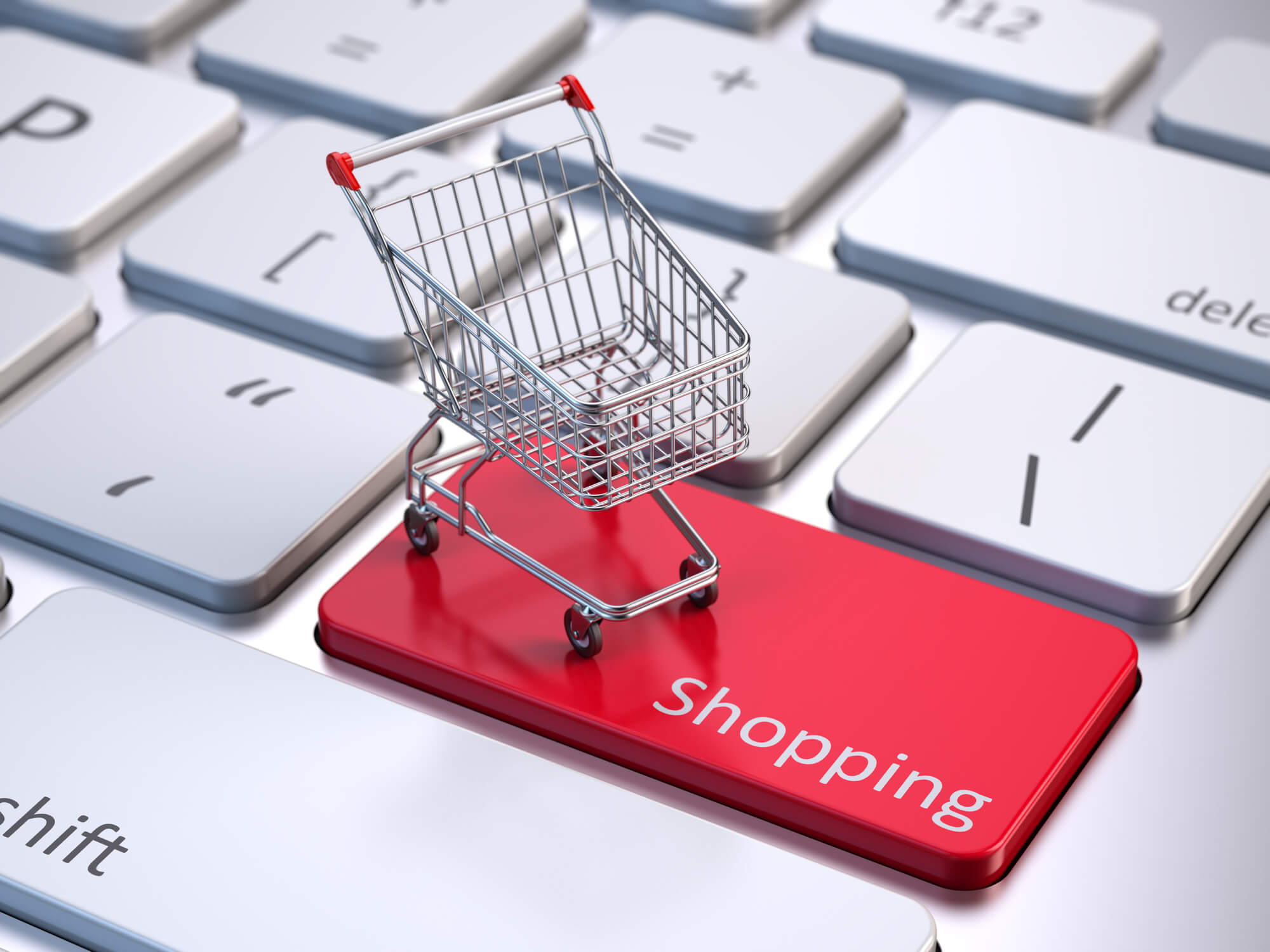When you think of PPC ads, the first thing you probably think of is Google or Facebook Ads. Although many marketers invest in these text-based PPC ads, the reality is that they aren’t always the best choice.
Actually, if you sell retail products, you’re better off with Shopping Ads. Sixty percent of Google clicks came from Shopping Ads in Q1 of 2018. Shopping Ads perform far better than Google Ads for retailers.
Some Shopping Ads cater to large retailers. However, as a small business with a modest budget, you can still see great success with Shopping Ads.
The Importance of Shopping Ads, Even on a Small Budget
It’s tough to know how much you should invest in Shopping Ads, particularly if you have a limited budget. For that reason, businesses with small budgets might not use Shopping Ads.
Don’t make that mistake! You can absolutely run successful Shopping Ads with a small budget.
Enjoy the benefits of Shopping Ads for your brand, such as:
1. Increased Search Engine Presence
Google, Bing, and Yahoo have started showing more Product Listing Ads in their search results. As Amazon leads product-led search, other search engines are desperate to catch up.
Shopping Ads help you take advantage of increasing search engine real estate.
2. Improved Customer Engagement
Shopping Ads help customers find products that interest them more quickly. Inform customers at the top of the funnel or encourage conversion from others.
Shopping Ads let you engage with customers early and often, boosting acquisition.
3. Lower Cost
That’s right. Shopping Ads are (almost) always more affordable than search or banner ads. You can potentially get a better search engine rank for less cost. For people on a small budget, this is perfect.
It’s clear that Shopping Ads can add tremendous value to your business. See how we predict Shopping Ads will shape to affect your business in 2019.

The Future of Shopping Ads
Search engines are constantly in flux. That’s why it’s so important to stay on top of emerging trends. We predict these five trends will change the face of Shopping Ads in 2019.
1. Bye Bye, Feeds
Let’s be honest: the Shopping Ads feed is a little redundant. As it stands today, the feed doesn’t offer a lot of value to users.
We predict that Google Merchant Center will integrate with its other search engine services. In plain English, that means Google will likely eliminate feeds.
For a low-budget account, that means you likely won’t see any big changes. Once you set your feed, it usually doesn’t change, unless you have a new product.
However, this does mean Google will potentially adjust its UX to reflect this, so expect big changes on the user’s end.
2. Smart Shopping: Intelligent or Burdensome?
Google is smart: this search engine relies on machine learning and algorithm updates to make the most for both its users and advertisers.
That’s why Google created the Smart Shopping option for Shopping Ads. The upside is that Smart Shopping can get you more conversions. The downside is that your campaign needs an immense amount of data for Smart Shopping to work properly.
Smart Shopping is great, but it works best for advertisers with large budgets. The problem is that Google loves automation. They want to optimize your campaign for results, so you’ll keep giving Google your business. To get started, run Smart Shopping with one ad group to see how it works for your brand and then expand once data is collected.
3. Bing and Yahoo Ads
With all this talk about Google, we’re leaving out some very important players in Shopping Ads. Google is the obvious forerunner, but Bing and Yahoo are also advantageous for brands with small budgets.
Yahoo and Bing have less advertisers. That means you could get a lot more bang for your buck with these platforms, which have significantly less competition.
We predict more small businesses will flock to Bing and Yahoo for Shopping Ads in 2019. If you miss Google’s advanced features, don’t worry. Bing is reportedly working on their automated bidding process to better serve their advertisers.
4. Competitor Analysis Features
This is one annoying gap in Shopping Ads: you don’t know what your competitors are doing. You can guesstimate their average spend or CPC, but this isn’t an accurate number.
In the competitive ads landscape, it’s important to know where you stand. Since Shopping campaigns are all about bidding and getting noticed, you have a real need to see what your competitors are up to.
Currently, no platform offers smart competitor analysis. However, we predict that 2019 will bring early competitor analysis tools to Shopping Ads. This would be huge for those on a small budget, so you can best optimize your ads for conversion.
5. More Ad Placements and Formats
Maybe it’s surprising to hear that Shopping Ads perform better than text ads. However, the search engines have known this for a while.
We predict that the search engines will offer even more ad formats and placements for Shopping Ads in 2019.
Why? Because better ad placements mean more relevant information for search engine users. As Google goes head to head with Amazon, they have a real incentive to give users more Shopping Ads.
This does mean Google will likely make big changes to the platform’s UX. However, this means great things for you!
Increasing the number of potential ad placements decreases competition on the platform. That means you can put more of your small budget to work with lower CPCs.
The Bottom Line
Marketers with small budgets have to stay agile. Be aware of upcoming changes in Shopping Ads so you can move swiftly to make the most of limited budget resources.
Shopping Ads help you future-proof your advertising strategy. Bring in new customers on a budget with smart Shopping Ads. We look forward to 2019, and all the great things the new year has in store for companies with smaller budgets.
Want help optimizing your small budget for Shopping Ads? Give Logical a ring to grow your business with powerful PPC strategy and management.








